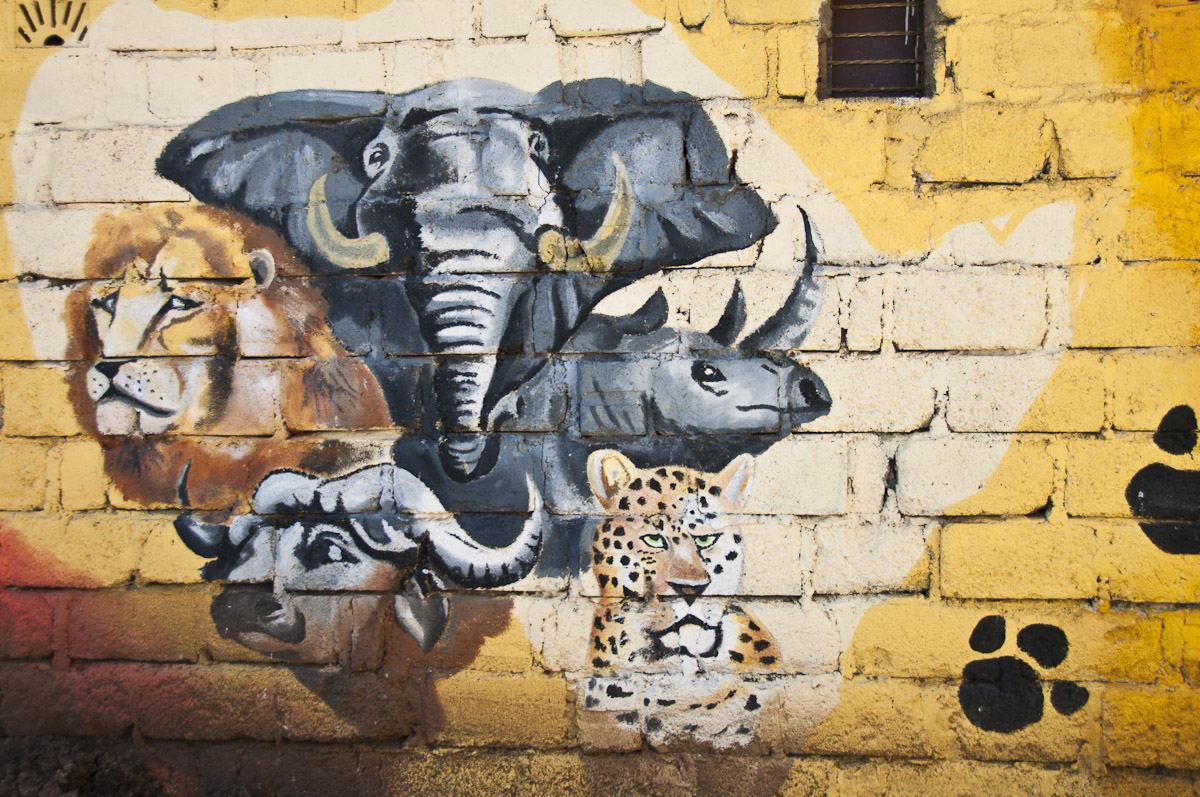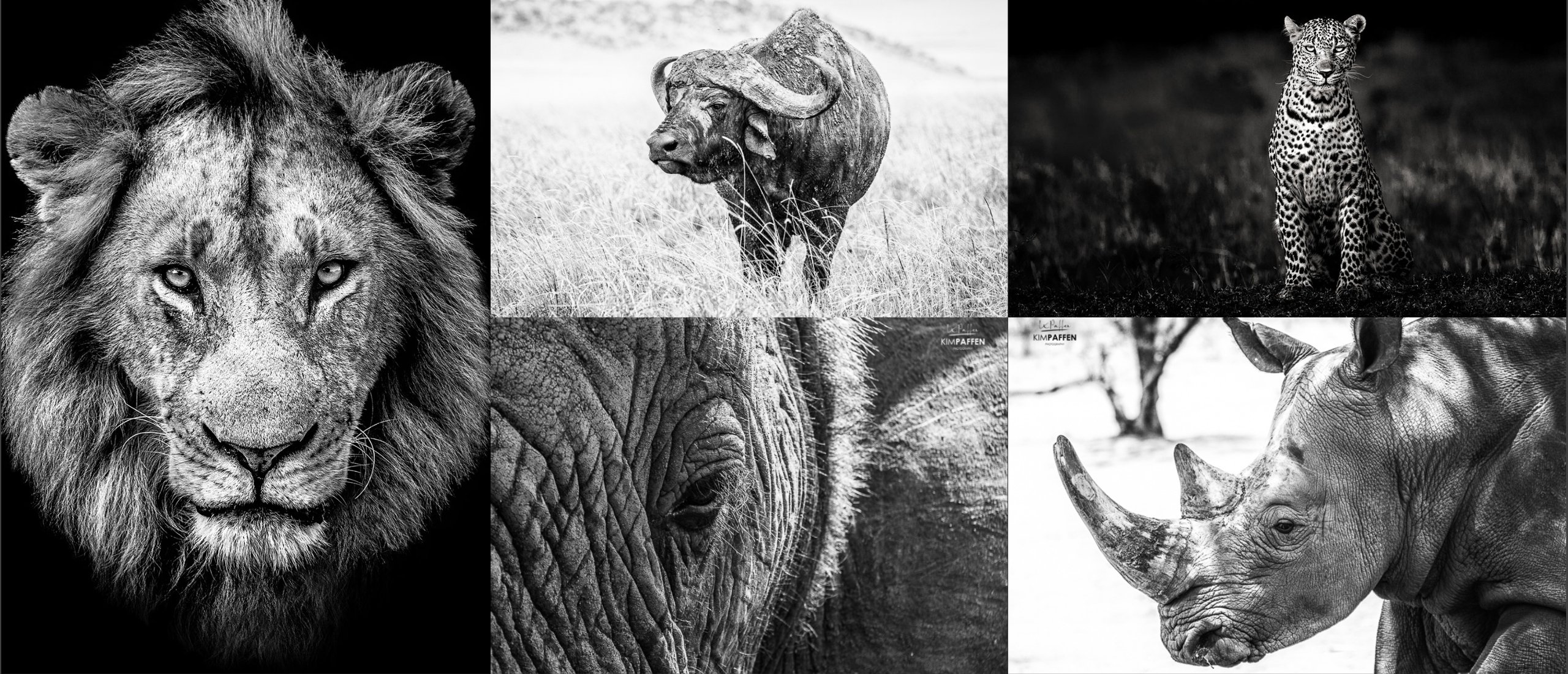The big 5 in hunting are the african elephant, african lion, african leopard, cape buffalo, and the white or black rhinoceros. These animals are the most sought-after big game animals in africa by hunters.
Hunting the big 5 is considered a dangerous and challenging experience, requiring skill and preparation. Hunting has been a part of human culture since the beginning of time. Historically, it was a means of survival and provided food, clothing, and shelter.
Today, hunting is mostly a recreational activity but still holds significant cultural and economic value. In africa, hunting the big 5 is a tradition that dates back to colonial times, where european hunters sought these magnificent animals for sport. Today, it remains a popular activity but is heavily regulated to ensure sustainable hunting practices. While some see it as controversial, proponents argue that it provides jobs for local communities and promotes conservation efforts. In this article, we will explore the big 5 in hunting, their characteristics, and the challenges and rewards associated with hunting them.

Credit: en.wikipedia.org
Contents
Cape Buffalo
With the thick heavy body and massive horns, the cape buffalo is an impressive big 5 game animal. Known for their ill-temper, these buffalos can weigh up to 2,000 pounds and stand 5-6 feet tall. Living in savannas, woodlands, and grasslands across africa, these herbivores are particularly fond of water.
Hunting techniques for cape buffalo require skill and courage, as these animals are known to pose a serious threat to hunters. Despite the dangers, hunting cape buffalo plays an essential role in wildlife conservation and management. Their meat provides sustenance to local communities, while hunting fees contribute to the preservation of wildlife habitats.
The cape buffalo holds a significant place in trophy hunting and safari tourism.
Leopard
Leopards have a strong and muscular body that weighs between 60 to 200 pounds. They have yellow and black spots on their fur, which help them blend into their surroundings. They are solitary animals and can be found in various habitats like forests, savannas, and mountains.
To hunt a leopard, one needs to be patient and skilled. The ideal hunting technique is to track them through their paw prints and scat markings. The leopard’s skin and fur are valuable commodities in the hunting world, making them an important game animal.
Their population has significantly decreased due to habitat loss and poaching. It’s important to practice ethical hunting and conservation efforts to ensure their survival.
Lion
The lion is one of the big 5 game animals hunters seek. With its distinguishing mane and ferocious roar, the lion is physically impressive. They prefer open savannas and grasslands and are often hunted on lion farms. Hunting lions is dangerous and requires experienced guides.
While hunting a lion can be thrilling, there are conservation efforts to protect the species. Additionally, lions are important to the hunting industry, generating significant interest and financial gain. Understanding the physical and behavioral characteristics of lions is crucial for a successful hunt and appreciation of the animal’s role in hunting.
Elephant
The physical characteristics of the elephant are impressive, with their massive size, curved tusks, and long trunks. They inhabit forests and savannas in africa and asia. Hunting an elephant requires skilled techniques such as tracking, using high-powered rifles, and baiting.
The significance of hunting elephants is not only limited to thrill-seeking; it contributes to conservation efforts by controlling overpopulation and providing substantial benefits to local economies. Furthermore, elephant hunting generates revenue for game reserves, conservation projects, and employment opportunities. The ethical considerations of elephant hunting are significant, but sustainable and well-regulated hunting programs can benefit the species and the local communities.
Rhino
Rhinos are one of the most recognizable animals in the world. They are known for their large size, aggressive nature, and their formidable horns. They can weigh up to 2,500kg and have a height of up to 2 meters. Rhinos are found in grasslands, savannas, and forests in africa and asia.
They are popular game animals, and hunting techniques for rhinos include stalking, baiting, and shooting from a blind. Rhinos play a significant role in hunting, as their meat, hide, and horns are highly prized. However, overhunting has led to their decline in numbers, and conservation efforts are necessary to protect these majestic animals.
Knowing the physical characteristics, habitat, and hunting techniques for rhinos is crucial to ensure sustainable hunting practices in the future.
Frequently Asked Questions Of What Are The Big 5 In Hunting?
What Are The Big 5 Animals In Hunting?
The big 5 animals in hunting include lion, elephant, leopard, buffalo, and rhinoceros. These animals are classified as the most difficult and dangerous to hunt because of their size, strength, and habitat.
Which Animal Is The Most Difficult To Hunt Among The Big 5?
The leopard is considered the most difficult to hunt among the big 5. Leopards are stealthy, elusive, and known for their ability to quickly adapt to their surroundings. They are also good climbers, making them even harder to track down.
Is Hunting The Big 5 Legal?
Hunting these animals is legal in some african countries, but it is heavily regulated. There are strict guidelines that hunters must follow regarding the age and gender of the animal they are allowed to hunt and the type of weapon they can use.
What Is The Purpose Of Hunting The Big 5?
The purpose of hunting the big 5 varies. Some people hunt for sport, while others hunt for conservation purposes. Hunting can benefit conservation efforts by providing funding for conservation projects and by creating incentives for local communities to protect wildlife and their habitats.
Are There Any Risks Involved In Hunting The Big 5?
Yes, there are risks involved in hunting the big 5, as these animals are powerful and dangerous. Poorly executed hunts can lead to injury or death of the hunter as well as the animal. It is important for hunters to be experienced and knowledgeable about the hunting rules and regulations.
Conclusion
The big 5 in hunting, including the lion, leopard, elephant, buffalo, and rhinoceros, have captured the attention of hunters and conservationists alike. These majestic creatures are an important part of the ecosystem and require careful management to ensure their survival.
Hunting the big 5 can be a thrilling and challenging experience, but it’s important to remember that ethical and responsible hunting practices are key to preserving these species for future generations. Whether you’re an avid hunter or a nature enthusiast, educating yourself on the big 5 and their conservation status can help promote sustainable hunting practices and preserve these magnificent animals for years to come.
With the right mindset and a commitment to conservation, hunting the big 5 can be an exciting and rewarding experience that helps protect these iconic species for future generations to enjoy.

